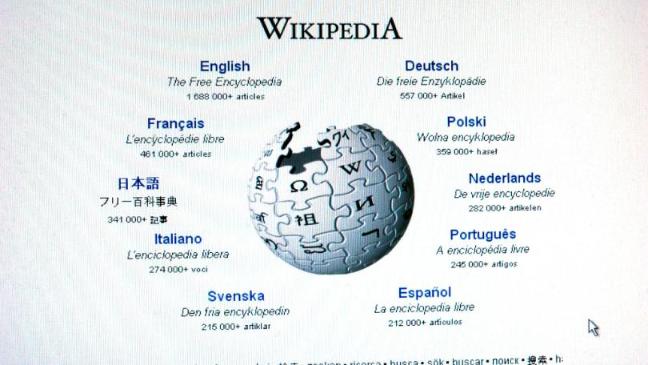Ban (information)
The ban is now no longer in use dimensionless measure of the amount of data. It is also called hartley (abbreviation: Hart) or as dit (word cross between decimal and digit; German literally: decimal ) respectively. An information set of n ban requires n decimal digits for display or transmission.
Origin
The ban was during the Second World War in 1940 by the English mathematician and cryptographer Alan Turing and his colleague Irving John Good at their cryptanalytic work on German encryption methods, such as the rotor Enigma machine, especially for the cryptanalysis of the Enigma used by the German Navy -M4, in the English Bletchley Park devised. The name of the entity was inspired by the English town of Banbury, which is located near Bletchley, and in the code breaker (English: codebreakers ) important tools, the so-called Banbury sheets ( German: " Banbury leaves " ) were prepared.
The alternative name hartley this unit based on the name of the founder of information theory, the U.S. electrical engineer Ralph Hartley.
Definition
The ban as a dimensionless unit of information is defined as the common logarithm (log = logarithm to the base ten ) of the ratio of two amounts of data:
Usually, the amount of data to one set ( reference dataset ) and for practical reasons - similar to the related unit Bel - worked instead of the unit itself with a tenth of that. Using the unit intent decimal ( one-tenth ) is from ban so Deziban with the abbreviation db ( not to be confused with the abbreviation for decibels dB ). The defining equation thus simplifies to:
For example, a data set of thousands by
Conversion into bit
The ban as an information unit is historically older than the more commonly used today bit (word intersection of binary digit; German literally binary digit ), the logarithm using the ld ( logarithm to the base 2; abbreviation comes from Latin: logarithm dualis ) is formed:
From the identity, the conversion between bit and Deziban results (eg for P = 2) as follows:
The considered above as an example data set of thousands corresponds therefore
So just under 10 bit. As is known, correspond exactly 10 bit 1024.
Importance
The unit ban from today's perspective, especially of historical importance. The two British Turing and Good they used years before the Americans Claude Shannon introduced the bit based on the binary system. Because of the paramount importance of the the dual priority system has in our time due to the binary representation of numbers in the computer technology, almost all of the bit is used today, and the unit is ban more and more forgotten. It deserves it but the merit of being the historically older unit in the dataset.










